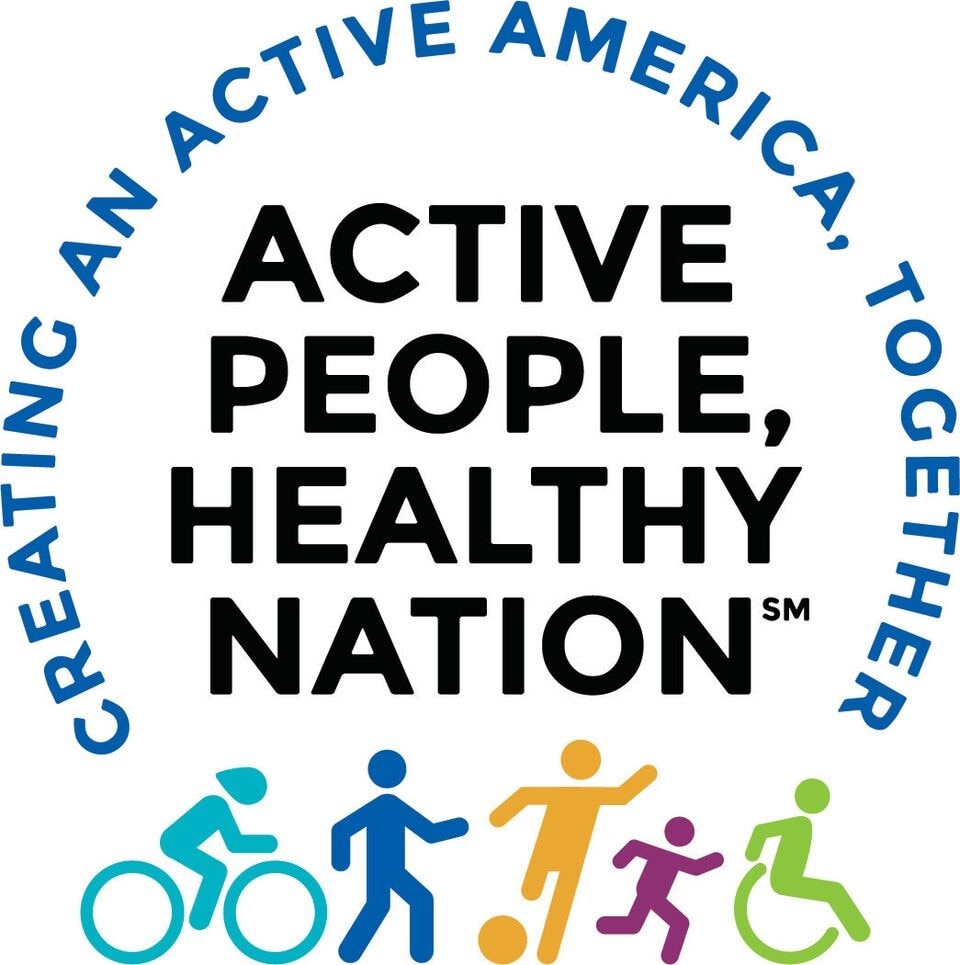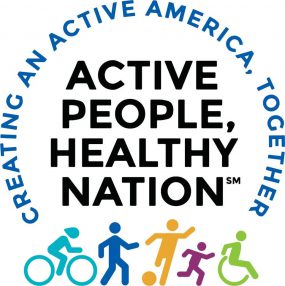State and Local Strategies
Communities can use evidence-based strategies to increase access to physical activity for everyone across sectors and settings. Providing equitable and inclusive access is foundational to each strategy.
Learn more by clicking on each strategy.
Additional Resources
- Tools for Action
View evidence-based strategies to increase physical activity for individual community sectors, including real-world examples and resources.
- A Practitioner’s Guide for Advancing Health Equity: Community Strategies for Preventing Chronic Disease
The Maximizing Active Living Strategies to Advance Health Equity section of the guide provides equity-oriented considerations, key partners, and community examples related to the design and implementation of active living strategies.
- Health Equity Resources
CDC and external information and strategies to help communities, programs, and initiatives work to remove barriers to health and achieve health equity. Topics include the built environment and youth sports.
- Physical Activity Guidelines for Americans, 2nd edition [PDF-14.4MB]
The U.S. Department of Health and Human Services has issued a new edition of the Guidelines to describe the amounts and types of physical activity needed to maintain or improve overall health and reduce the risk of chronic disease.
- Designing and Building Healthy Places
This website offers tools and evidence-based health strategies for community planning, transportation, and land-use decisions.
- Health Impact in 5 Years [PDF-2.9MB]
The Health Impact in 5 Years (HI-5) initiative highlights non-clinical, communitywide approaches that have evidence reporting 1) positive health impacts, 2) results within five years, and 3) cost-effectiveness or cost-savings over the lifetime of the population or earlier.
Connect with Nutrition, Physical Activity, and Obesity









